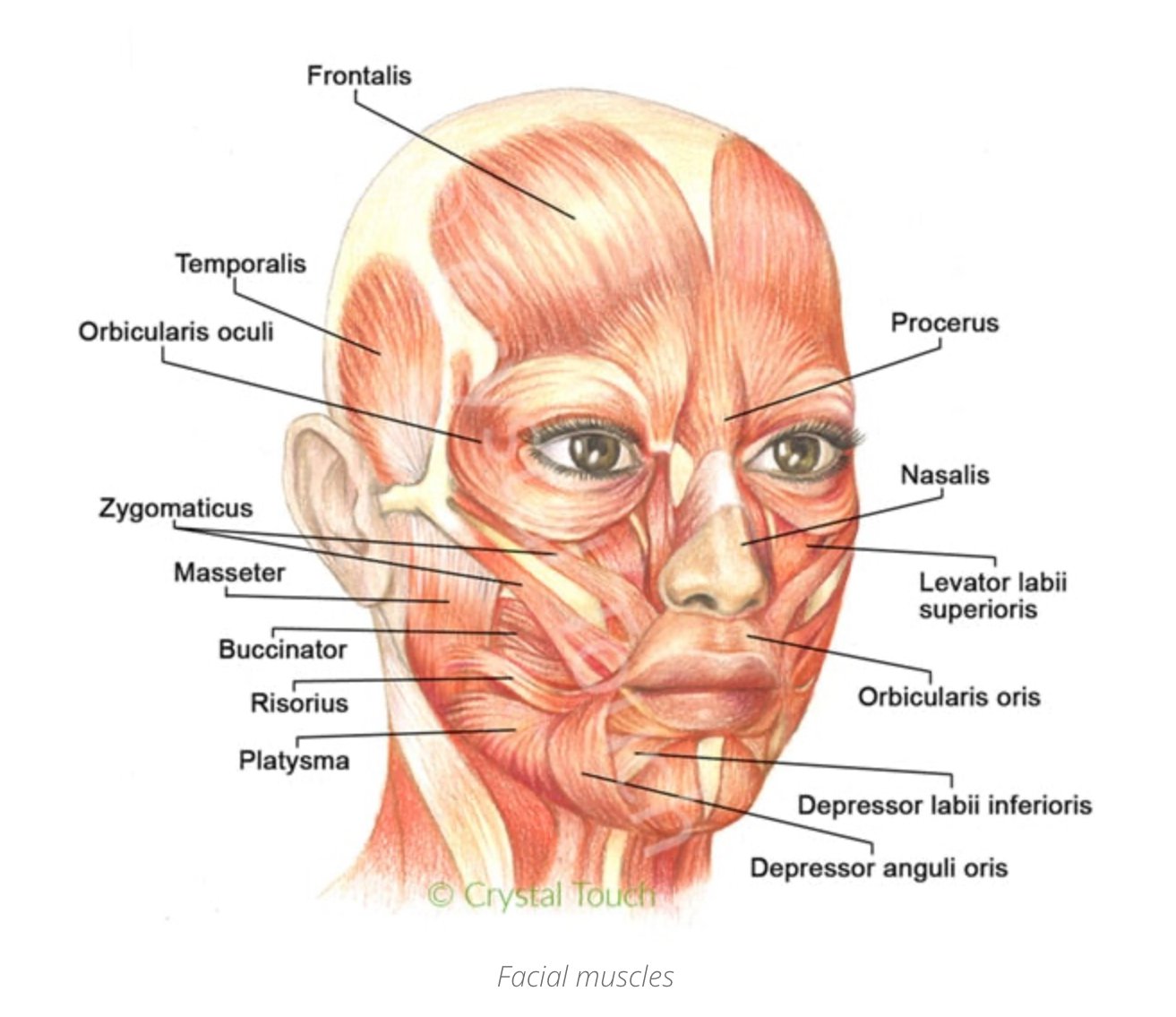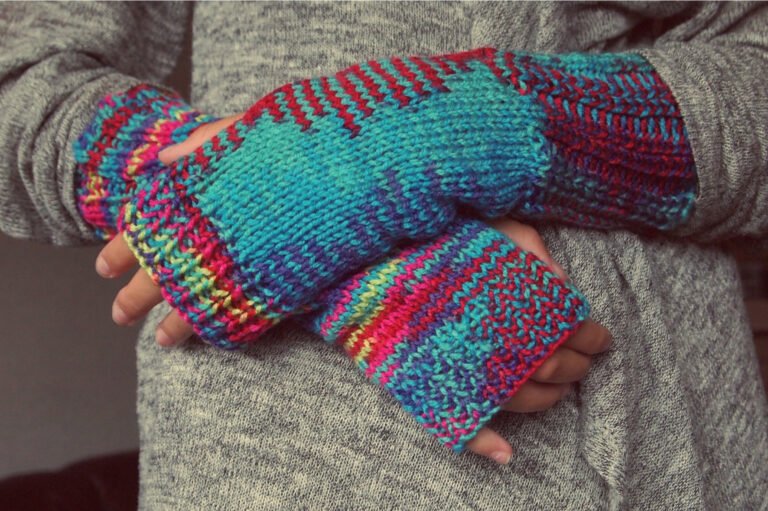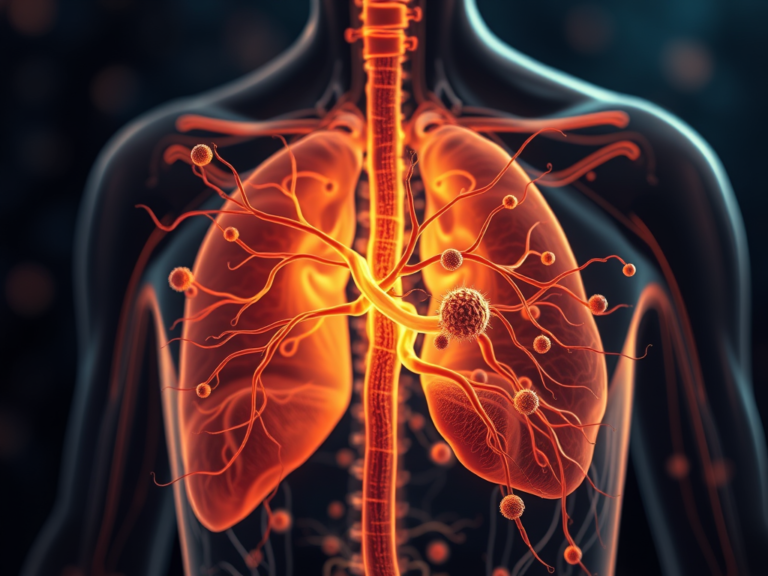What happens when part of the face is paralyzed?


Cranial Nerve VII: https://images.app.goo.gl/z9Bbdt9SnSrJ2cgR7
All about the origin and location of the facial nerve (Cranial nerve VII), the cause, symptoms, and treatment of this nerve when it is inflamed
The facial nerve (Cranial Nerve VII) is a complex nerve that originates in the brainstem and is responsible for controlling the muscles of facial expression, among other functions. Inflammation or damage to this nerve can result in facial paralysis, a condition often associated with Bell’s palsy.
1. Origin and Location of the Facial Nerve
- Origin: The facial nerve originates in the pons, a part of the brainstem. It has two roots: a large motor root that controls facial muscles and a smaller sensory root that handles taste and some autonomic functions (like saliva production).
- Pathway:
- The nerve exits the brainstem at the pontomedullary junction.
- It enters the internal acoustic meatus, a small canal in the temporal bone.
- It travels through the facial canal within the temporal bone, passing near the middle ear.
- The nerve exits the skull through the stylomastoid foramen, located just behind the ear.
- It then branches out into five main branches on the face to control different groups of facial muscles (temporal, zygomatic, buccal, mandibular, and cervical).
- Functions:
- Motor function: Controls the muscles of facial expression (smiling, frowning, blinking, etc.).
- Sensory function: Provides taste sensation from the front two-thirds of the tongue.
- Parasympathetic function: Involves the secretion of saliva and tears from glands.
2. Cause of Facial Nerve Inflammation and Paralysis
When the facial nerve becomes inflamed or compressed, it can lead to a condition called facial nerve palsy. The most common form of this condition is Bell’s palsy, which causes temporary paralysis of one side of the face.
Causes:
- Viral infection: The most common cause is believed to be viral infections, particularly herpes simplex virus (which causes cold sores), though other viruses like herpes zoster (shingles), Epstein-Barr, and cytomegalovirus can also be responsible.
- Trauma: Injury to the facial nerve, either due to head trauma, surgery, or fractures of the temporal bone, can cause nerve damage.
- Inflammation: Autoimmune reactions, where the body mistakenly attacks its own tissues, can also lead to inflammation of the facial nerve.
- Other causes: Tumors, strokes, Lyme disease, and diabetes can also cause inflammation or compression of the facial nerve.
3. Symptoms of Facial Nerve Inflammation and Paralysis
When the facial nerve is inflamed, the following symptoms may occur:
- Sudden onset of facial paralysis or weakness: Often one side of the face droops, and the person may struggle to close their eye, smile, or raise their eyebrow on the affected side.
- Inability to close the eye: This can lead to dry eye and irritation.
- Loss of facial expressions: Difficulty smiling, frowning, or other facial movements.
- Altered sense of taste: The front two-thirds of the tongue may lose taste sensation.
- Drooping mouth: This can cause drooling or difficulty eating and drinking.
- Pain or discomfort around the jaw or behind the ear: The area where the nerve exits the skull can become tender.
- Increased sensitivity to sound (called hyperacusis): This happens if the nerve fibers that control the stapedius muscle in the middle ear are affected.
- Dryness of the mouth or eyes: If the parasympathetic fibers are affected, the production of saliva and tears can be reduced.
4. Treatment of Facial Nerve Inflammation (Facial Palsy)
The treatment for facial nerve inflammation depends on the cause, but often involves a combination of the following:
a) Corticosteroids (Cortisone):
- Prednisone is commonly prescribed to reduce inflammation around the nerve. This is most effective if given within the first 72 hours of symptom onset.
- Corticosteroids reduce the swelling and pressure on the nerve, improving chances for full recovery.
b) Antiviral Medications:
- If a viral infection is suspected (e.g., herpes simplex), antiviral medications like acyclovir or valacyclovir may be used, often in combination with corticosteroids.
- These drugs target the underlying viral cause of the inflammation.
c) Eye Protection:
- In cases where the person cannot close their eye, eye drops and eye patches may be needed to protect the cornea from drying out and becoming damaged.
d) Physical Therapy and Facial Exercises:
- Facial exercises may help to strengthen the muscles and improve nerve function.
- Massage therapy can help stimulate the muscles and prevent stiffness.
e) Botox Injections:
- For individuals who experience synkinesis (involuntary muscle movements that occur as the nerve recovers), Botox injections can help balance muscle activity and reduce spasms.
f) Surgery (Rarely Needed):
- In severe or persistent cases, surgical decompression of the nerve might be necessary to relieve pressure, but this is rarely done and is usually only considered when other treatments fail.
- Nerve grafting or muscle transfer may be considered if the nerve is severely damaged.
g) Electrical Stimulation:
- Some therapists may use electrical stimulation to activate muscles and prevent them from weakening while the nerve heals.
5. Prognosis
- The prognosis for Bell’s palsy and other forms of facial nerve palsy is generally good, especially when treated early with corticosteroids. Most people recover fully within three to six months.
- In some cases, residual weakness, synkinesis, or partial recovery may occur, but ongoing therapy can help manage these issues.
Summary:
- The facial nerve originates from the pons in the brainstem and controls facial muscles, taste, and some autonomic functions.
- Inflammation of the nerve can be caused by viral infections, trauma, or autoimmune reactions, leading to facial paralysis.
- Symptoms include sudden facial weakness, loss of taste, and eye issues.
- Treatment typically involves corticosteroids, antiviral medications, and supportive therapies like physical therapy, with recovery usually occurring over several weeks or months.





